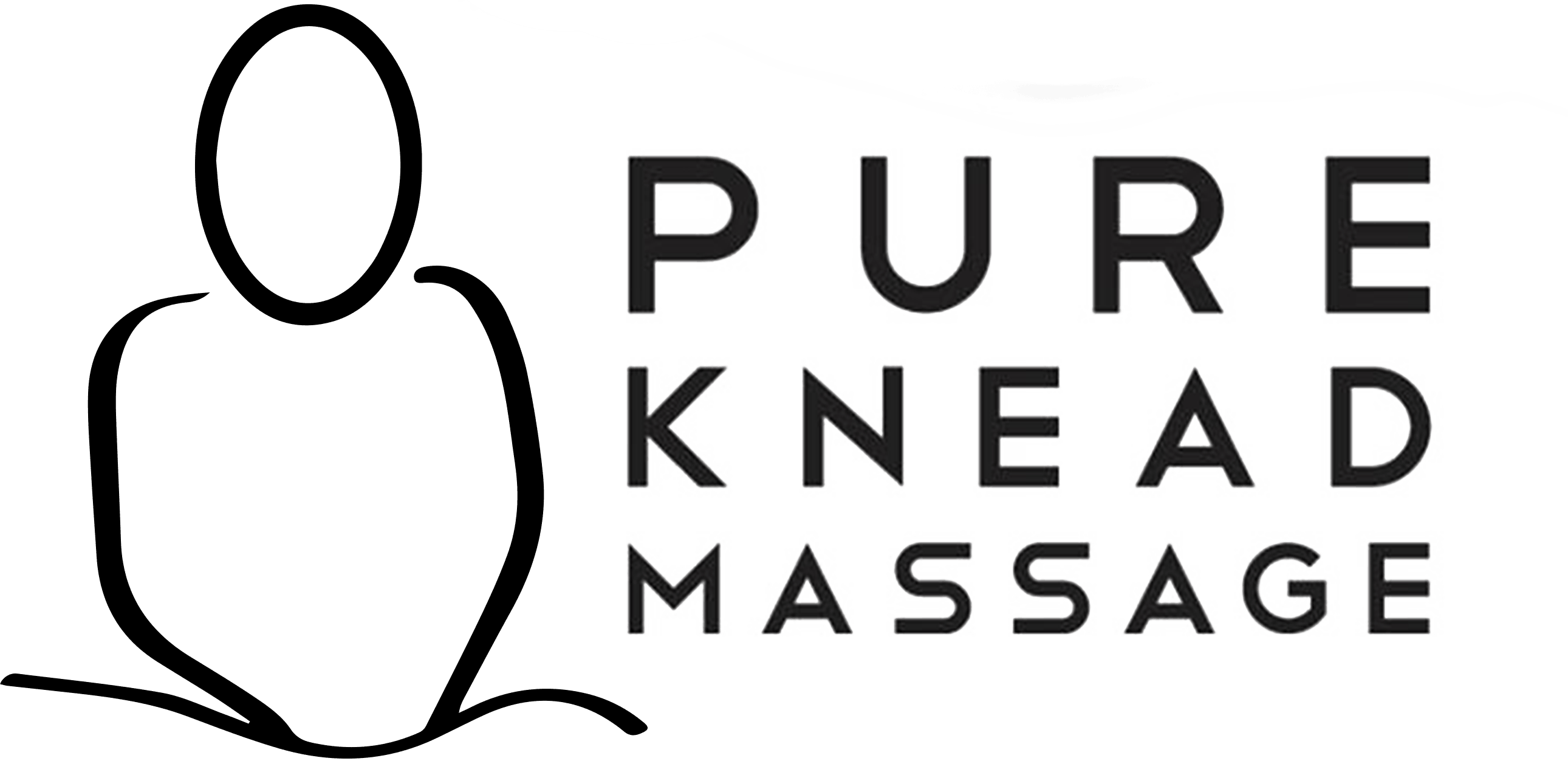Trigger Point Myotherapy
Trigger point myotherapy is a noninvasive therapeutic modality for the relief and control of myofascial pain and dysfunction. Treatment consists of trigger point compression, myomassage, passive stretching, and a system of corrective exercises.
Trigger point myotherapy relies heavily on client-therapist interaction, including verbal and nonverbal cues as this type of massage uses therapeutic pressure that can feel sore against the muscles. This application of sustained pressure to a trigger point brings about pain relief. Pressure is applied and held for several seconds with the fingers, knuckles, and sometimes the elbow, relaxing the muscles as they release stored lactic acid. This encourages blood and oxygen circulation to the muscle and avoids the production of more lactic acid. Success may be measured internally by the level of pain reduction experienced by the client and externally through increased range of motion, strength and endurance.
Trigger Points
The phrase “trigger point” was developed by Dr. Janet Travell who advanced a theory that pain experienced in one part of the body is actually caused by an injury or dysfunction in another part of the body. Ultimately she mapped what she termed the body's trigger points and the manner in which pain radiates to the rest of the body. Fifty percent of the body weight is made up of muscle. There are approximately 400 muscles in the human body and any one of these can develop trigger points which can refer pain and cause dysfunction. During times of stress, these points can cause muscles to spasm. Trigger points can cause so much pain in our bodies that they can limit range-of-motion. They are created by the overuse or trauma of the fascia that covers our muscles (myofascia) and they can cause more than just pain, for instance; the trapezius muscle on our back can radiate pain down our arm or up our neck, causing jaw discomfort, headaches or even dizziness.
BENEFITS OF TRIGGER POINT MYOTHERAPY
Trigger point myotherapy can benefit a range of conditions including arthritis, carpal tunnel syndrome, chronic back, knee and shoulder pain, headaches, menstrual cramps, multiple sclerosis and spasms, sciatica, temporomandibular joint syndrome (TMJ) and tendonitis

